Capillary Blood Vessels, Structure, Types, Functions & How They Work
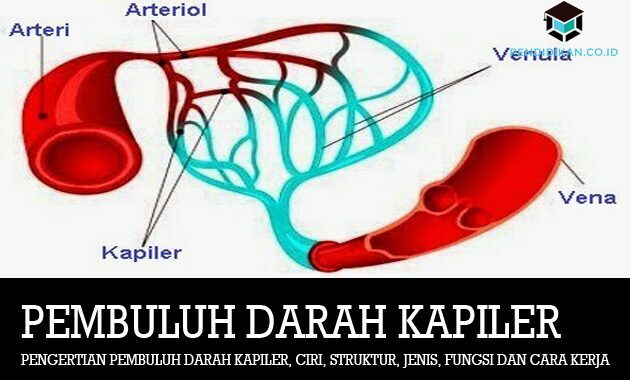
Definition of Capillary Blood Vessels
This capillary blood vessel is a branch of a fine channel that is in direct contact with the tissue. These fine channels are part of the arteries, namely arterioles. This arteriole is a branched artery that forms a blood vessel channel that has a function in the circulatory mechanism in humans with a smaller diameter.
These capillaries are so small that their walls are thin. This is because there is only one layer of cells. Usually these blood vessels are associated with the tissues and cells of the body.
Characteristics of Capillary Blood Vessels
These capillary blood vessels have general characteristics that are different from other blood vessels, including:
- Diameter of 1/100 millimeter
- The blood pressure in the capillaries is very small
- Thin blood vessel walls
- Vascular webs are all over the body
- When the body is active, the skin looks red
- Blood vessels are most visible on the retina of the eye
- Is the meeting place of the branches of the arteries (arteries) and the return vessels (veins).
- The diameter is about 5 – 10 micrometers
- Has selective permeable properties (meaning that certain components can only pass or can be passed)
Capillary Blood Vessel Structure
Capillary blood vessels are formed from a dense network and are directly related to cells in the body. The healthy human body has about 5 billion capillaries. These capillaries do not have valves, are branched and are also composed of a single layer of cells. These capillaries have very narrow channels.
The structure of the capillary blood vessels is composed of endothelium, its shape is smaller than the circulatory system in humans, namely arteries and veins. The walls of the capillaries are composed of a thin layer of endothelium that is arranged in close proximity to each other. The movement of gases and molecules from the capillaries to the surrounding tissue is influenced by the osmotic pressure and hydrostatic pressure. This endothelium is a cell that is located in the interior of the capillary blood vessel cavity.
The walls of these capillaries are selectively permeable, which means that only certain components are allowed to pass through the wall. The endothelial cells are lined by a wall whose nature can or can be affected by osmotic and hydrostatic pressure. Osmotic pressure is a pressure that maintains the solvent by not transferring it to a high concentration solution. As for hydrostatics, this is the pressure that is affected by the area of the compressive field with certain depth so that its movement depends on the type of substance, density and acceleration gravity.
Blood that comes from this arteriole is clean blood that contains oxygen (O2) and nutrients. When it reaches the capillaries, then there will be an exchange of gases and molecules, then the blood will flow containing carbon dioxide (CO2) as well as other components that are not important will flow through venules.
Types of Capillary Blood Vessels
These capillaries are divided into 3 (three) types including continuous, fenestrated, and sinusoidal.
1. Continuous Capillaries
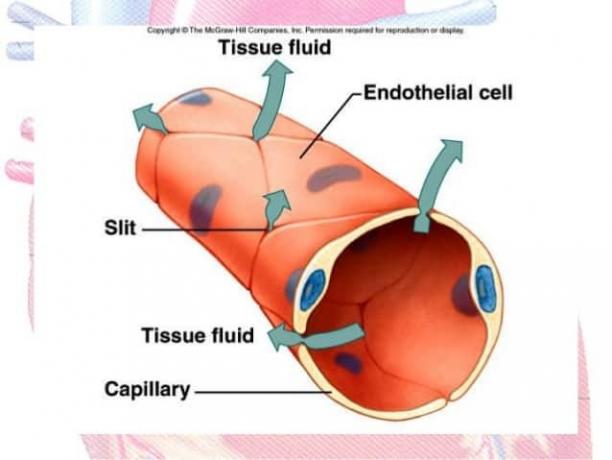
Continuous Capillaries are a type of capillary that is with an arrangement of endothelial cells that are so tightly packed that only small molecules and certain ions can pass through. capillaries whose walls and basement membrane are intact. It is present in most body tissues. This type of capillary can be found in the central nervous system, skeletal muscle and skin.
2. Fenestrated Capillaries
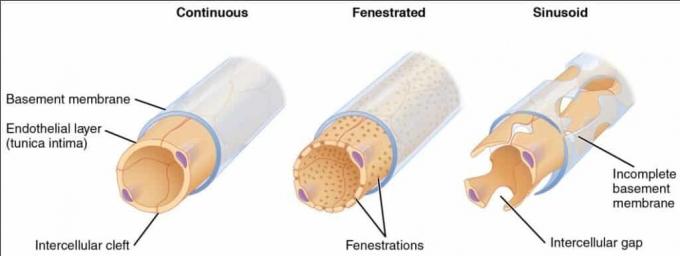
Fenestrated Capillaries This is a type of capillary that has openings such as pores between the endothelial cells. With a pore diameter of about 60-80 nanometers. capillary blood vessels whose walls and basement membrane are not intact because they are pores. Found in the pancreas, kidneys and intestines. These capillaries can or can be passed by some molecules as well as proteins. Usually found in the endocrine system in the body.
3. Sinusoidal capillaries
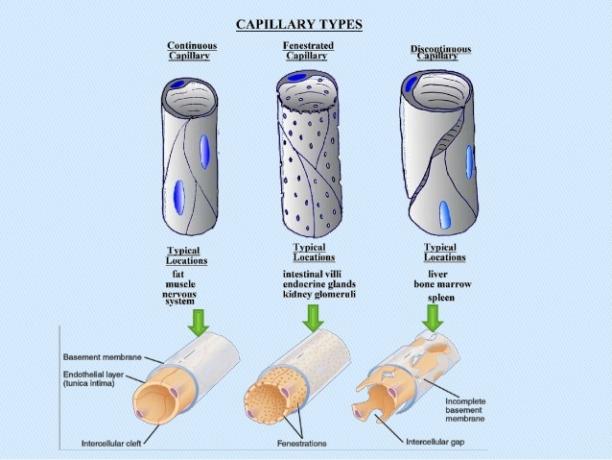
This sinusoidal capillary is a type of capillary that has large pores between the endothelial cells. The pore diameter is about 30-40 micrometers. capillaries that are not cylindrical in shape and slightly irregular. Found in the liver, spleen, bone marrow and endocrine system. Sinusoidal capillaries can be visited by red blood cells, white blood cells and all kinds of proteins. These sinusoidal capillaries are usually found in the bone marrow, as well as the adrenal glands and lymph nodes.
Capillary Blood Vessel Function
In the function of capillary blood vessels can or can function as follows:
The process of exchanging oxygen and carbon dioxide in the lungs
The exchange of oxygen and carbon dioxide in the lungs occurs because these capillaries carry blood from all over the body to the heart. Then the blood in the heart goes to the lungs, which is the difference between chest and abdominal breathing.
Circulating blood and fluids is important in the body's circulatory system
As is well known, in the circulatory system or also the circulatory system, in addition to the heart that involved, blood vessels such as veins, arteries, and capillaries are also involved in blood circulation that. In general, the function of these capillaries is to circulate blood and important fluids in the body's circulatory system.
In contact with the capillaries, there is a driving force that determines the movement of fluids through the capillary membrane, namely by the difference in hydrostatic and osmotic pressures colloid. Guyton and also Hall (2012) in the book Physiology of Medicine stated that:
- At hydrostatic pressure The capillaries push the fluid and its solutes through the capillary pores into the interstitial space. Whereas for,
- At colloid osmotic pressure it causes a movement of fluid by osmosis from the interstitial space into the blood.
Connect arterioles and venules
There are many constituent tissues in the organs of the body. The presence of capillaries that have a thin structure is able to reach it all, in contrast to arteries and veins. With the presence of these capillaries, blood coming from the arteries is passed through the capillaries that are connected to the veins. Then from the veins, the blood is passed to the heart and also enters through the right atrium. The function of the right atrium has an important role in blood circulation.
Body temperature regulation
The function of capillaries is to regulate body temperature because these vessels are located in the skin layer. The layer of skin that contains capillary blood vessels is the Malpighian layer. This malpighian layer has the function of protecting the skin from excessive sunlight and also regulating body temperature.
This is because the blood capillaries that are in this layer of the skin have capillary blood vessels to the sweat glands and also to the hair roots. We all know that the sweat glands or skin glands have the function of oil glands on the skin and also as a place where sweat can or can be produced. Signs of sweat out of the body itself can be a sign that the body is adapting to the environment so that it can or can regulate body temperature accordingly.
Distributes unnecessary metabolites or wastes to excretory organs
Metabolites, which are waste, come from the activity of cells in the tissue and are excreted through the extracellular fluid. The metabolites are then absorbed by the thin-walled capillaries after which they are pushed into the veins and then distributed to the excretory organs.
Absorbs nutrients in the intestines
These capillaries can absorb food juices because these capillaries are found in the intestinal villi. These villi are parts of the small intestine that have the function of the small intestine in the form of folds and indentations called intestinal protrusions. The function of these villi is to expand the ileum. The transportation of food juices by capillary blood vessels is carried out to be distributed throughout the body and also to certain organs of the body.
A marker of someone's health kesehatan
Under normal conditions, a person who has capillaries in this condition does not show that the capillaries appear blocked or larger than usual.
Lymph fluid pressure regulator
In lymph vessels that contain lymph nodes, of course it is accompanied by the presence of capillaries in them. The presence of capillary blood vessels can or can help fluid that goes out or enters the capillary membrane
How Capillary Blood Vessels Work
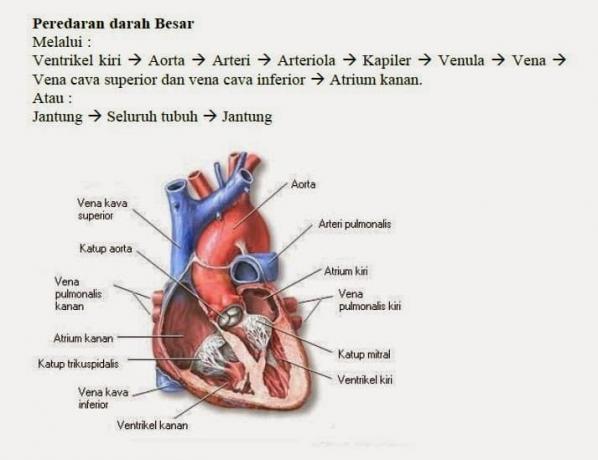
These capillaries have the function of being able to circulate the blood throughout the body. The way these blood vessels work starts from the circulatory system that flows from the heart to the lungs. The blood releases metabolic waste in the form of carbon dioxide and absorbs oxygen through the pulmonary arteries. After that, the blood is then carried back to the heart via the pulmonary veins. When the blood reaches the heart, the blood is then circulated throughout the body. When the blood is circulated throughout the body, the new capillaries can work.
When the blood comes from the heart's circulation, the blood pressure is in a state that is less. Thus, to increase blood pressure so that blood that has reached the heart can return again, it is necessary to have blood pressure from the bottom of the body. There is a flow of blood that flows above the heart against the attraction of the earth. Then the blood returning from the whole body to the heart passes through the superior vena cava and inferior vena cava.
Thus an explanation of the definition of capillary blood vessels, characteristics, structures, types, functions and ways of working, hopefully what is described can be useful for you. thank you
See AlsoUnderstanding Geostrategy
See AlsoDemocracy: Definition, Principles, History, Characteristics and Kinds
See AlsoUnderstanding Multicultural Society, Characteristics, Characteristics, Factors and Types
